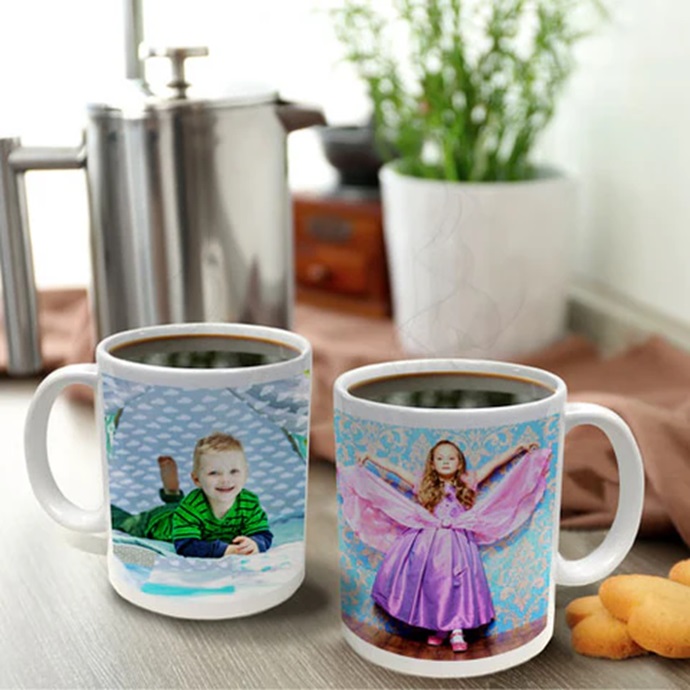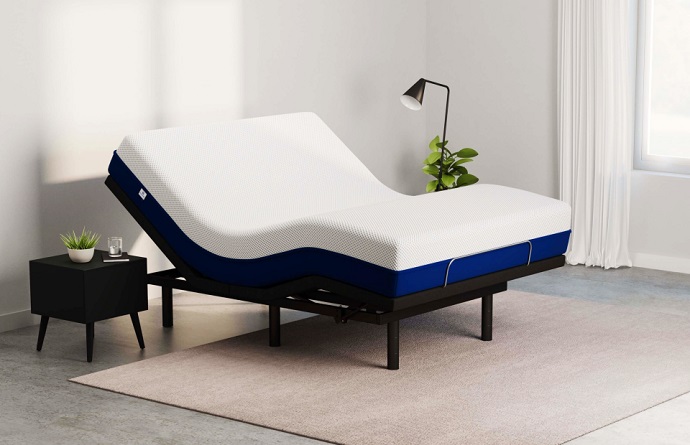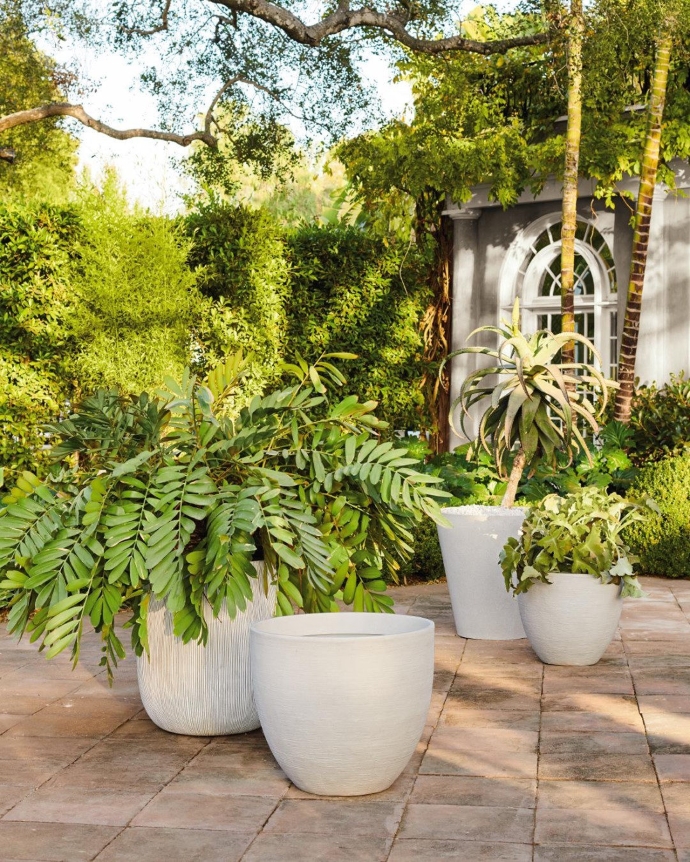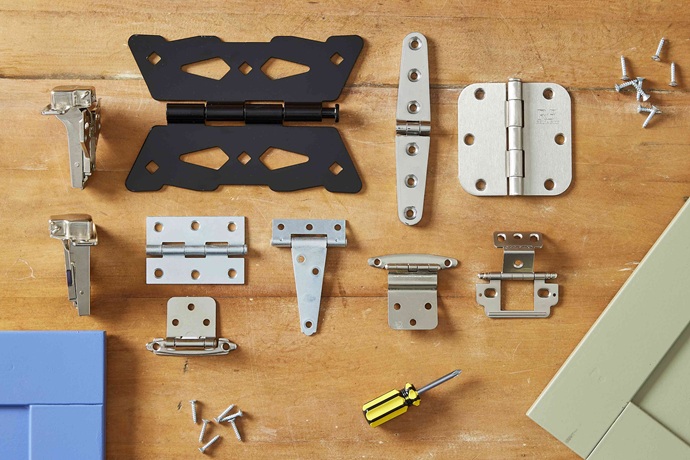Is your artistic journey lacking colour? Are you in need of some vibrancy? While the overall purpose of colour in art is to evoke emotions in the viewer, it can be a powerful tool for the artist as well since it can bridge the gap between an idea and its realisation.
Luckily, artists have no shortage of options when they’re on the hunt for a full-spectrum palette. Markers are an excellent choice for art creation – with their quick-drying, blendable inks offering a wealth of colour possibilities. But as common as they are, getting to grips with the different varieties of markers is the basis for every great artwork.
What Are the Different Kinds of Markers?
When you’re sifting through the range of art markers online, there’s one distinct criterion that defines them – the type of ink used in their creation. As such, the two most prominent kinds of markers are those that use alcohol-based and water-based inks.
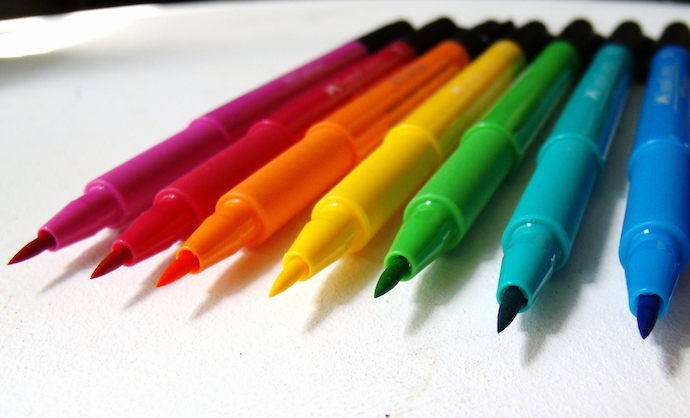
Alcohol-Based
You can often find these versions in the form of ‘permanent markers’, with their ink being alcohol-based and highly fade-resistant. They contain pigments that are suspended in a colourless dye solution and, while they may not be the most vibrant, they are known for their durability and ability to lay down a smooth finish.
But despite the name, they aren’t entirely permanent – as even their ink can be affected by exposure to light and fading over time. Their name rather refers to the fact that alcohol-based inks are less prone to smudging than water-based ones, which makes them particularly handy for highly detailed or intricate drawings.
Water-Based
These contain water-soluble ink, which makes them slightly more vibrant and intense in colour than their alcohol-based counterparts. At the same time, they’re so great for blending different shades together to create a range of colour gradations.
However, water-based markers tend to be less fade-resistant and more prone to smudging – which makes them best suited for quick sketching or creating art that won’t be on display for too long. Of course, you can give them a coat of fixative if you’d like to add extra protection and longevity.
What to Look for When Buying
In addition to their ink type, there are a few other things that can affect the performance and outcome of your marker work. Some have more to do with personal preference, while others simply come down to practical considerations. Here’s what you need to be on the lookout for when selecting art markers online:

Tip Shape
The way the edge of a marker is shaped can speak volumes about its intended use. The main four tip forms are fine, chisel, brush, and bullet – with each of them having unique characteristics that can be used for a variety of artistic effects.
For starters, the fine tip is the thinnest of the bunch and is mainly used for sketching out a drawing, while chisel tips are best suited to lettering and outlining. They have a broadside that allows you to easily create bold strokes and an edge that can be used for fine detailing.
The brush tip, on the other hand, is a great choice for illustration and colouring since it provides more control and flexibility than the previous two. It has a wider surface area at the starting point and a tapered point at the end for any necessary adjustments.
Next, the chisel tip’s close cousin, the bullet tip, is best known for its ability to tackle large areas with a single stroke – mainly due to its rounded, blunt shape. This particular design has a bit of both the chisel and brush tips in it, meaning it’s an attractive option for both general drawing and detailed colouring.
Finally, the bullet tip is also known for its ability to put down more ink than the other three tip shapes, since it’s relatively wide and has a larger surface area. It looks quite similar to the brush tip but generally has a thicker and shorter body.
Colour Range
Not every art marker set contains the same number of shades, with some having a more limited range and others boasting hundreds of colours. Consider what you plan to use them for before investing in a full set, as that’ll help you decide which option is the most suitable.
If you’re only using them for sketching and outlining, then a small set with basic shades might be sufficient. But if you’re looking to create full-blown artwork with a variety of hues and shades, then you’ll need to go for a set that has multiple colours – preferably between 60 and 100.
Blending
When it comes to creating the perfect colour combinations, the ability to blend two or more hues together can create some truly eye-catching results. Thankfully, art markers have the ability to do just that – depending on the type you choose, of course.
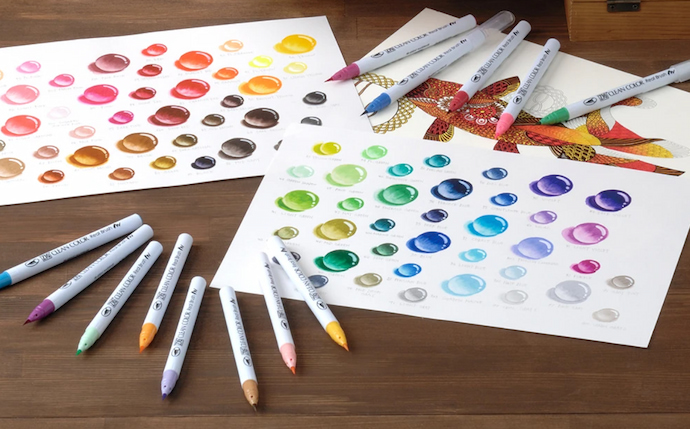
Water-based models may be the most suitable choice if you want to blend colours since their ink is soluble in water. But if you’re looking for markers that won’t smudge too easily, then you should go for alcohol-based types, since their ink is less prone to smudging and fading.
Lightfastness
This refers to the marker’s ability to resist fading over time when exposed to sunlight or other sources of light. For instance, water-based varieties are less lightfast than alcohol-based ones, which may not last as long when placed near a bright window or displayed in an art gallery.
Pay attention to the lightfast rating of any markers you’re thinking of purchasing so that you can be sure they’ll provide long-lasting results. That way, you won’t have to worry about your artwork slowly fading away over time.
